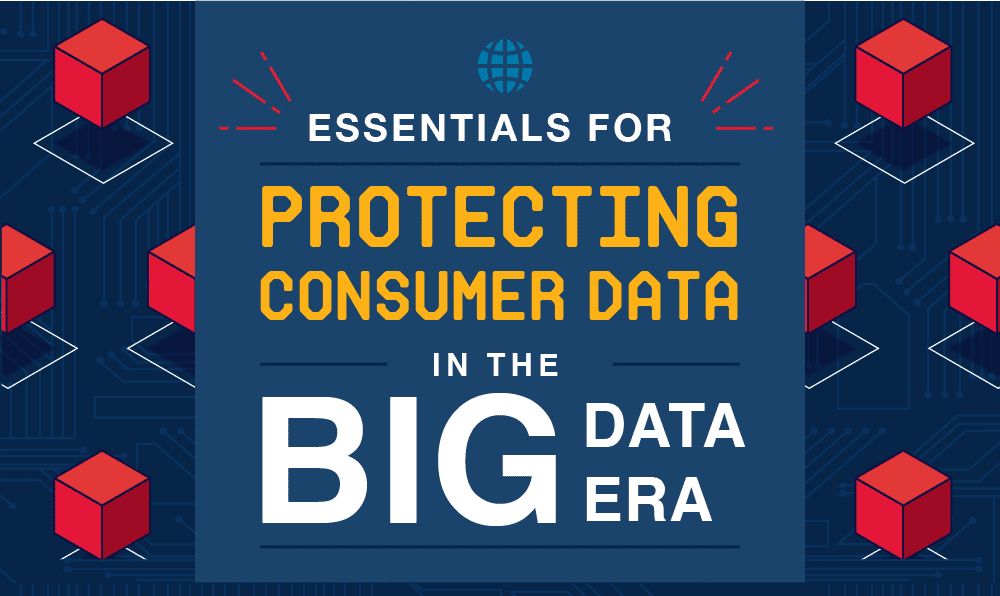Big data has been a boon to businesses large and small. Over the last decade, companies have begun collecting and using consumer data to improve their marketing strategy, products, and customer experience. While this use of big data has led to a competitive edge, it also has a downside: risks to consumer privacy and sensitive company information.
Cybercrime is on the rise, and data is our most valuable asset. Losses from cybercrime are expected to reach a staggering $6 trillion by 2021, and many of these attacks target small businesses.
Consumers need to be wary of any attempt to steal their data, but businesses must make security a priority as well. The loss of customer and sensitive company data can be costly and catastrophic for businesses of all sizes.
Protecting data starts with knowing the risks, which explains why cybersecurity experts are an important asset to businesses. The more data your organization stores, the higher the risk of theft or loss.
It’s best to limit the data you collect to essential information only, and you should safely destroy data once it’s no longer needed. Your company should also have strong security measures in place, including encryption, monitoring, restricted access to sensitive data, and in-depth training for all employees.
As an organization, you must also anticipate potential consumer errors. Don’t count on your customers to create strong passwords—require them. You should also be clear on what kinds of communications they can expect to receive from you, and what kind of security measures your company is using.
Read More: FastestVPN | ShurfShark | SaferVPN | VPNCity | HideMyAss | PureVPN
Another vulnerability is any third-party organizations you work with. Ensuring that your partners have strong security protocols may be an inconvenient step, but it’s important for keeping data safe in the era of big data. And don’t forget to create a data breach response plan in case an attack makes it through all of your defenses!
To learn more about protecting data in the information age, review this infographic from Ohio University and get the steps for making your organization security smart.







